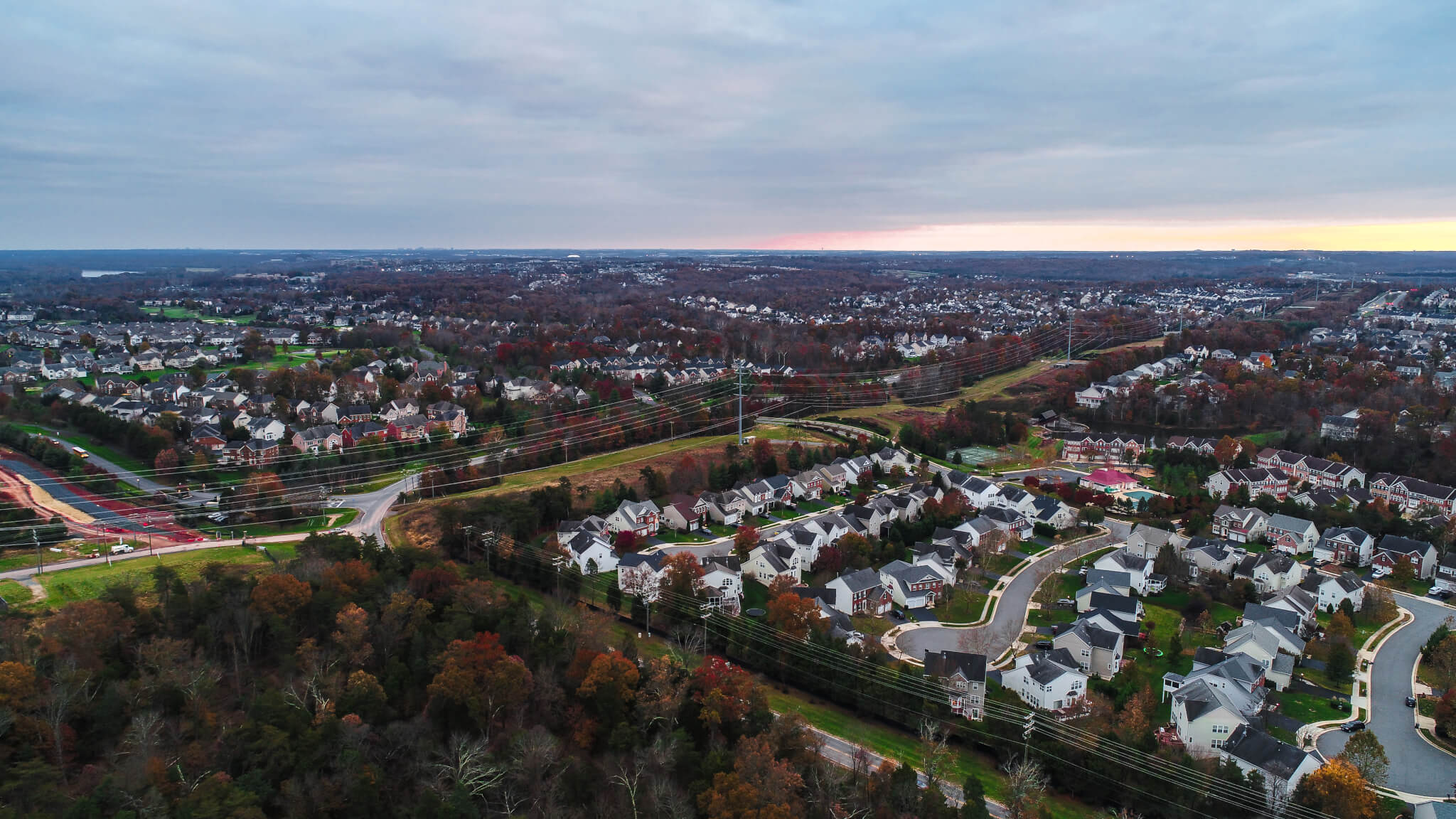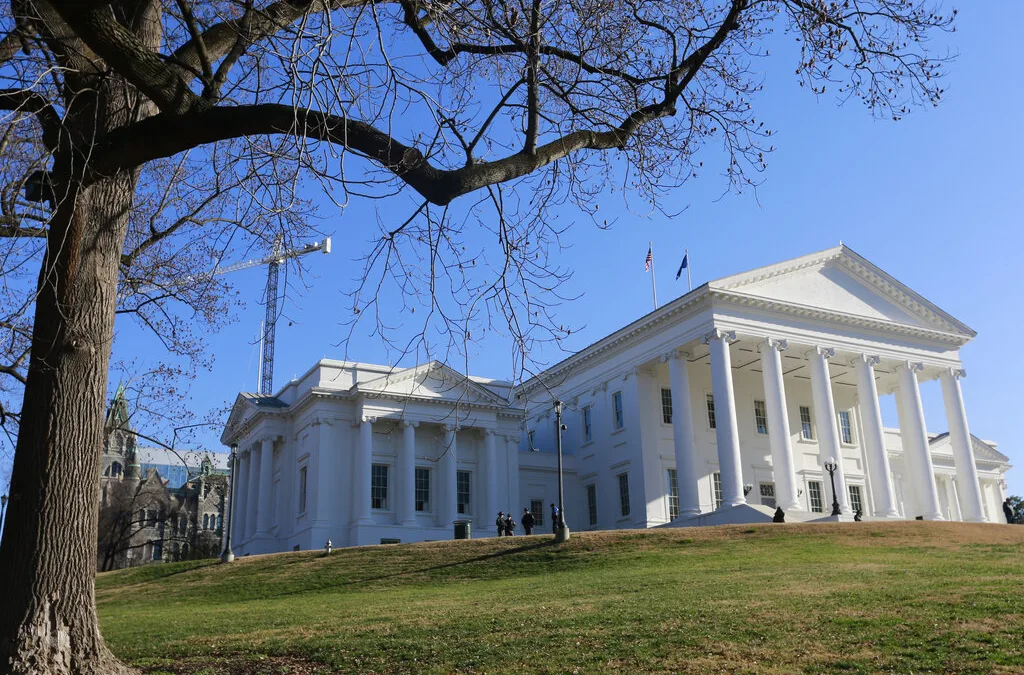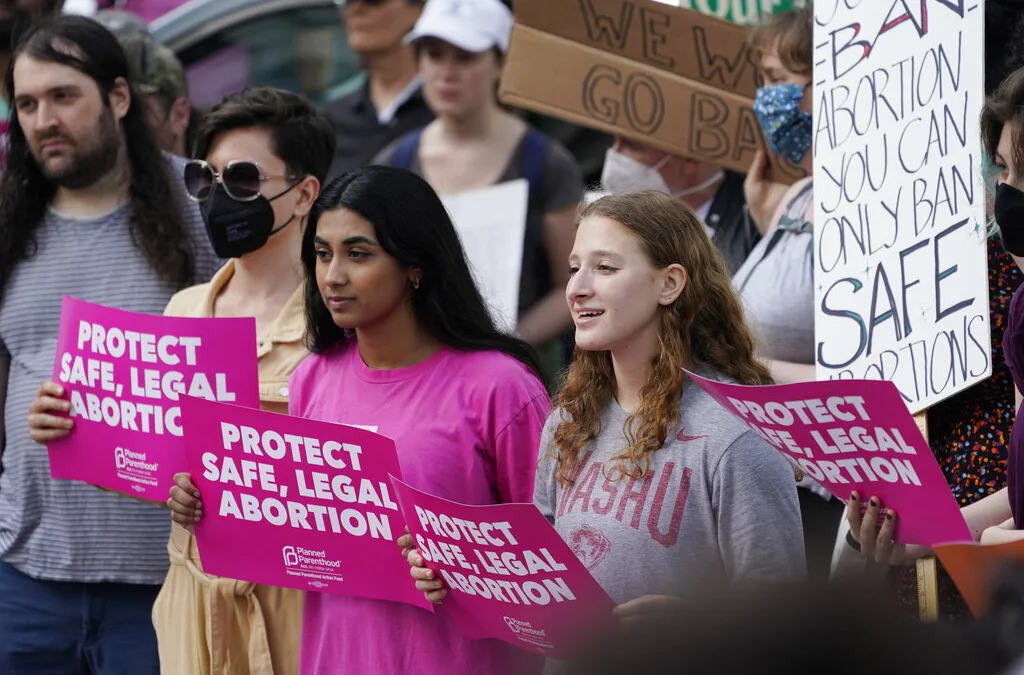
Nicole Glass Photography on Shutterstock
Millions in RGGI money has gone toward low-income energy efficiency projects since 2021.
by Charlie Paullin, Virginia Mercury
Chase Counts, senior director of operations for housing nonprofit Community Housing Partners, said his organization established an emergency home repair program years ago with about $200,000 to $350,000 in funding.
But since Virginia began participating in the carbon market known as the Regional Greenhouse Gas Initiative in 2021, millions of dollars for weatherization efforts have become available to groups like Community Housing Partners all across the state.
If that influx of funding were to go away, Counts said, “it would make delivering those services very difficult, nearly impossible, at the scale that we’ve been able to.”
Under the RGGI program, electricity producers in Virginia must purchase allowances in order to emit carbon from their facilities. In Virginia, half of the proceeds are directed by law toward two energy efficiency programs: the Weatherization Deferral Readiness (WDR) program, which repairs homes to allow them to receive energy efficiency upgrades, and the Affordable and Special Needs Housing (ASNH) program, which builds new, less costly homes already equipped with energy efficiency measures.
Joining RGGI was a signature priority of Virginia Democrats in 2020, when they took control of both the governor’s office and the legislature. But the state’s swing back to a Republican governor with the election of Glenn Youngkin in 2021 has shifted Virginia’s stance on RGGI, with Youngkin pledging to withdraw from the program, which he has called a hidden tax on consumers, even before his inauguration.
As Youngkin continues to push for Virginia to leave RGGI, community housing developers worry about the loss of the funding the program generates to upgrade existing homes and build entirely new ones that more efficiently consume energy.
The weatherization dollars that flow from RGGI have been “a godsend,” said Counts. Previously, he had to tell more families they couldn’t receive energy efficiency upgrades because the condition of their homes prevented it.
“It’s a heartbreaking conversation to have,” he said. “This program has allowed us to nearly eliminate those conversations from having to take place.”
Sunshine Mathon, executive director of the Piedmont Housing Alliance, which develops energy efficient affordable housing, said that “unequivocally,” the disappearance of RGGI funds “would deeply compromise our ability to complete our affordable projects and make sure they happen.”
How those funds will be replaced if Virginia withdraws from RGGI isn’t clear. While Youngkin provided some funding in his budget proposal this December to replace RGGI revenues directed toward flood resiliency projects, he didn’t include any funding to replace revenues earmarked for low-income energy efficiency work. Asked about plans to fund these programs, Youngkin press secretary Macaulay Porter in December pointed to federal weatherization sources.
The Virginia Department of Housing and Community Development, which oversees how the RGGI revenues are spent on weatherization and affordable housing programs, did not respond to repeated questions about how the state plans to fund the energy efficiency projects if Youngkin gets his wish.
“I’m not aware of any discussion around replacing that with different state dollars if the state pulled out,” Mathon said.
Weatherization Repairs
Community Housing Partners serves a swath of 43 localities from Northern Virginia to the New River Valley. The organization is one of 15 in the state that use public monies from the federal Weatherization Assistance Program to make the homes of people making less than 60% of the area median income more energy efficient. Its work begins with requests from homeowners for weatherization upgrades.
Often, however, requests get complicated when homes aren’t in good enough condition to receive upgrades — they may have a leaky roof, for example. In those cases, federal guidelines call for work on those homes to be “deferred” to make sure public funds for weatherization projects are being put toward homes that can have the work last, Counts explained.
“Every home is unique and has their own unique needs,” Counts said. “We’ve got everything from HVAC replacements to roof repairs, roof replacements, floor repairs, structural repairs, electric services upgrades … asbestos remediation, mold remediation and improved indoor air quality through ventilation strategies. It runs the full gamut.”
There is a federal Weatherization Readiness Fund to make homes able to receive the weatherization or energy efficiency upgrades, but in 2022 that allotted just over $270,000 for the entire state of Virginia. That funding is useful, said Counts, but it’s far less than the millions RGGI is providing to the state for such efforts.
On average, Community Housing Partners spends about $10,500 on housing repairs intended to prepare homes for weatherization upgrades, said Counts.
“So $270,000 across Virginia doesn’t get very far,” he said. “And especially $270,000 being split across 15 different weatherization providers, that’s not going to prevent a whole lot of homes from being deferred. The WDR program is funded at a level that we don’t have to worry about running out of funds annually.”
Over the past two years, over 500 homes have received energy efficiency upgrades funded with RGGI money from Community Housing Partners.
Before that funding, “we had to turn away about one in every five households that applied for home weatherization,” Counts said. If the money disappears, he added, that rate “may likely bump up to one in four, maybe even one in three.”
The funding not only allows necessary home improvements but also helps reduce expenses for people who are paying for excess energy to heat and cool their inefficient homes and don’t have the means to do the work themselves, said Everett Brubaker, business development specialist with Community Housing Partners.
“We’re serving folks who may be renting, may live within multifamily, may live in a mobile home and other situations that make some of that difficult,” said Brubaker. “What we hear from a lot of folks is this program allowed them to stay in their home.”
Energy Efficient Affordable Housing
As Virginia, like other states, struggles to meet demand for affordable housing, RGGI revenues are also being used in conjunction with other state and federal programs to support funding for developers who agree to build homes for people who make no more than 80% of the area median income.
Three years ago, Piedmont Housing Associates, which serves the Charlottesville area, received nearly $2 million in RGGI funds for its Friendship Court project, a mixture of apartment buildings and townhomes set to open by the end of the year.
“Any source likes to see other sources being brought to bear to help the development of affordable housing,” Mathon said, adding that local financial contributors want to see federal and state monies, and vice versa. “It’s a pretty challenging environment. It always has been difficult to build affordable housing. We need all of the above.”
That challenge is further compounded by recent inflationary pressures, Mathon added. For the $35 million Friendship Court project, costs have gone up by 20 to 25%, or about $6 million, because of inflation.
“We are always scrambling for additional sources,” Mathon said. “Every six months the gap seems to grow. These various sources all have to come together. There’s no single source to absorb the cost increase.”
Meanwhile, need remains high. A housing needs assessment for Charlottesville found over 11,000 families in the region are housing insecure, doubling up with other families to cover expenses or paying more for housing than they can afford.
“There’s an affordable housing crisis pretty much everywhere in the county. I think that’s pretty obvious at this point,” Mathon said. “Over 11,000 is a huge percentage of our regional footprint. That story is consistent in a similar vein across the commonwealth, I’m sure.”
The state’s ability to meet that need in the future is dependent on RGGI funding, Mathon said,
“It would be a heavy blow, if we’re going to sustain the level of investment,” Mathon said. “It’d be a heavy blow to the state’s budget to replace that. It seems nonsensical to me to pull out of RGGI.”
Studies
Recent studies out of two Virginia universities point to health benefits as well as cost savings for residents who receive weatherization upgrades.
One study by Virginia Clinicians for Climate Action and the University of Virginia found “adding insulation and sealing air leaks in homes protects low-income Virginians from the health hazards of extreme heat waves and cold blasts.”
“In turn,” the researchers continued, “low-income families are able to dedicate a greater portion of their income to purchase needed medications and healthcare.”
A Virginia Commonwealth University study, commissioned by the Nature Conservancy, found about 579,000 households in Virginia can be classified as low-income and highly energy burdened — a term used by the U.S. Department of Energy for residents who spend more than 6% of their income on energy costs to heat and cool their home. These homes are scattered throughout the state, except for some pockets of Northern Virginia and the greater Richmond area.
“At these high levels, energy burden is not merely a financial challenge, but brings with it a degree of energy insecurity that threatens residents’ health and safety,” the authors of the VCU study wrote. “Existing federal, state, and utility-sponsored energy efficiency programs – without RGGI – are insufficient to address the vast scope of the energy burden problem in Virginia.”
The study estimated that by staying in RGGI through 2030, Virginia could bring in up to $1.65 billion in funding for low-income energy efficiency projects, which could lead to the weatherization or construction of about 131,000 homes under the state’s programs. That could lead residents to save about $676 on their annual electric bill.
Virginia Mercury is part of States Newsroom, a network of news bureaus supported by grants and a coalition of donors as a 501c(3) public charity. Virginia Mercury maintains editorial independence. Contact Editor Sarah Vogelsong for questions: [email protected]. Follow Virginia Mercury on Facebook and Twitter.

VIDEO: Your support matters!
Your support matters! Donate today. @vadogwoodnews Your support matters! Visit our link in bio to donate today. #virginianews #virginia #community...

Op-Ed: Virginia’s new Democratic majorities pass key bills to improve your lives, but will Youngkin sign them?
The 2024 Virginia General Assembly regular session has wrapped up. It was a peculiar session from the outset, with Democratic majorities in the...

Op-Ed: Why Virginia Needs A Constitutional Amendment Protecting Reproductive Freedom
Virginia’s recent election season in 2023 drew in eyes from all over the country. Reproductive freedom was on the line and Virginia remained the...

From the state rock to the state flower, here’s how Virginia got its symbols
Have you ever wondered why the Dogwood is the state flower? Or how the cardinal became the state bird? We’re here to answer those questions and more...

VIDEO: Second-gentleman Douglas Emhoff gives speech on reproductive freedom
Second gentleman, Douglas Emhoff touched on reproductive freedom not only being a woman's issue but "an everyone's issue" during the Biden-Harris...

Glenn Youngkin and the terrible, horrible, no good, very bad night
Election Day 2023 has come and gone, and while there are votes to be counted, one thing is perfectly clear: Virginians unequivocally rejected Gov....





